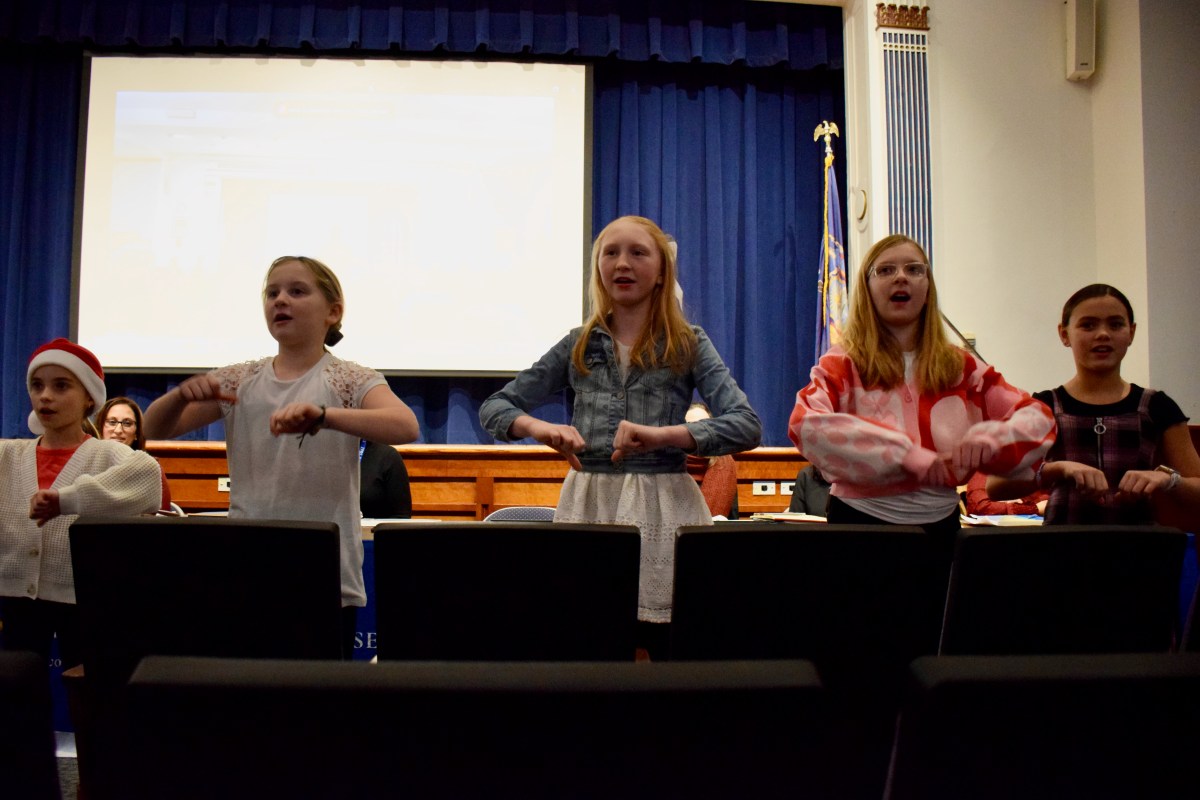The upcoming elections for school budgets and board seats offer Nassau County residents a unique opportunity to decide on three issues central to their lives – their children, the value of their homes, and their taxes.
For many residents, the elections directly impact the quality of their children’s education and where they go after they graduate. Every resident’s budget vote directly affects their taxes and indirectly influences the value of their homes, which is closely tied to the education quality offered by the school district.
Voters who often say taxes are too high in Nassau actually get to decide on spending that accounts for 60% of the property taxes they pay. This is more than all the property taxes paid for villages, towns, the county and special districts. Combined.
In just the 29 districts covered by Scheps Media LI, the total cost of the proposed 2025-2026 budgets is more than $4 billion.
And no other local government gives them the right to vote on the budget. All other elections involve voting for representatives who make that decision for voters.
Voter control of budgets has been reduced significantly since 2011, when then-Gov. Andrew Cuomo signed legislation that established a cap that limits the annual growth of property tax levies for local governments and most school districts to the lesser of 2% or the rate of inflation.
This reduction in democratic control was widely supported by local governments concerned by the yearly increases they and their voters were approving.
Local school districts can exceed the tax cap, but 60% voter approval is required for passage. This is no small hurdle, and school boards usually do all they can to avoid it.
In the 2025-2026 budget cycle, only the Hicksville School District is seeking a 60% supermajority for voter approval.
Consider that in the last three presidential elections, only Joe Biden received more than 50% of the popular vote.
School districts that don’t exceed the tax cap are overwhelmingly successful, even with budgets that exceed $40,000in spending per pupil and can go as high as $54,000 per pupil.
Not all this money is paid for by residents or the districts themselves.
The state last week agreed to a budget that provides more than $37 billion to schools while state aid accounts for 32% of school spending, up from 21% just 10 years ago. Much of this comes in the form of Foundation Aid, which is intended to reduce the wide disparity in per-pupil spending between affluent and less affluent school districts. This disparity in spending per pupil in Nassau County can be as much as $20,000.
The state aid, which is based on income taxes, is also fairer than property taxes since it takes into account a person’s ability to pay.
Property tax revenue is also divided between residential and commercial property owners. This results in large disparities between school districts with a high percentage of commercial properties and those with a low percentage.
Residential property owners in school districts such as Herricks, which have little commercial property, pay a greater percentage than those in Great Neck, which has a good deal of commercial property.
The actual tax bite on property owners is further muddied in Nassau County, where there are large disparities in the assessed value of similar homes, even those standing next door to each other
This is the result of the county only reassessing the value of homes once since 2004— in 2020-2021— and then not fully adjusting a disparity that one study found shifted taxes by $2 billion from people who challenged their assessments to those who haven’t.
Overseeing each district’s efforts to navigate all this are the school boards, which voters also choose.
Given the importance of a school board seat, it is somewhat surprising that in some districts board seats are strongly contested this year, but in others board members run unopposed.
This can be because residents are happy with the school district’s direction. Or it can be that many residents have too many career and family obligations to assume the time commitment and responsibilities of serving on a school board.
In either case, voters should take the time to familiarize themselves with the candidates running for the school board, given their role in overseeing the quality and cost of schools. In Nassau County, that means overseeing districts spending up to $285 million and serving 7,719 students.
School elections make voters the board of directors of some very large enterprises. Their attention and votes are needed.
In other words, please cast your ballots on Tuesday.

































